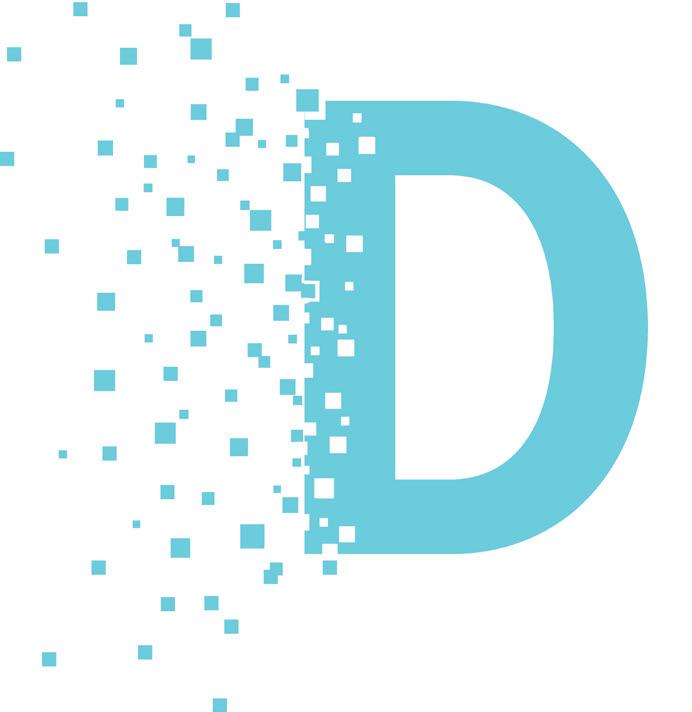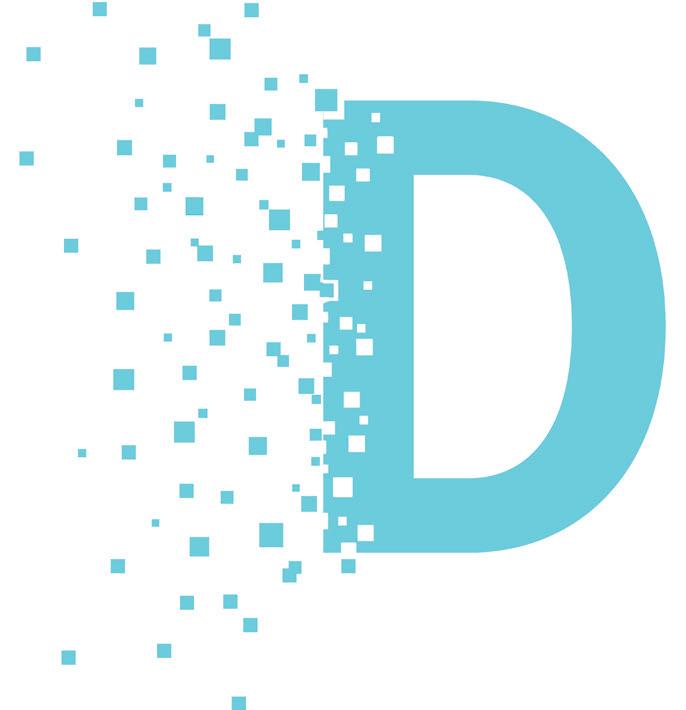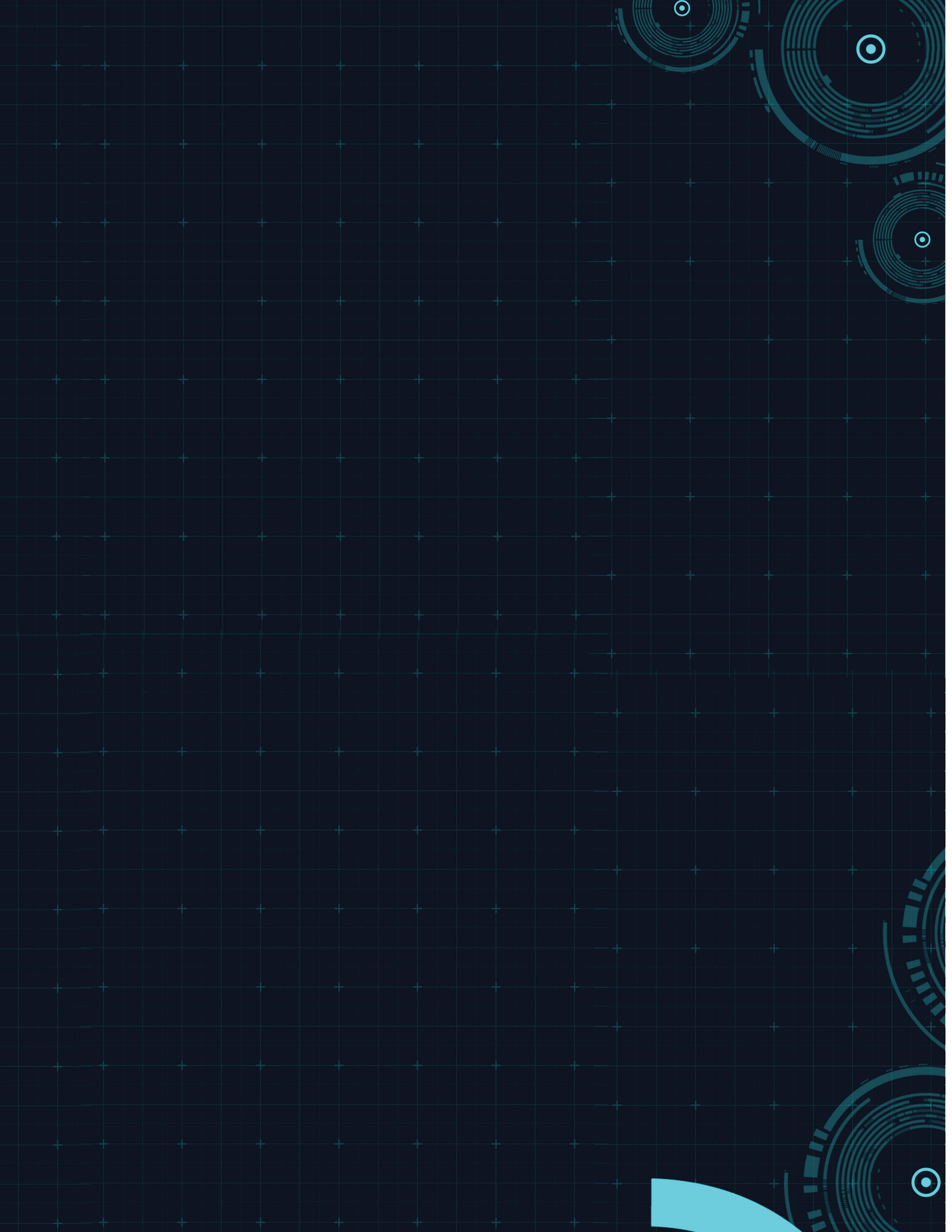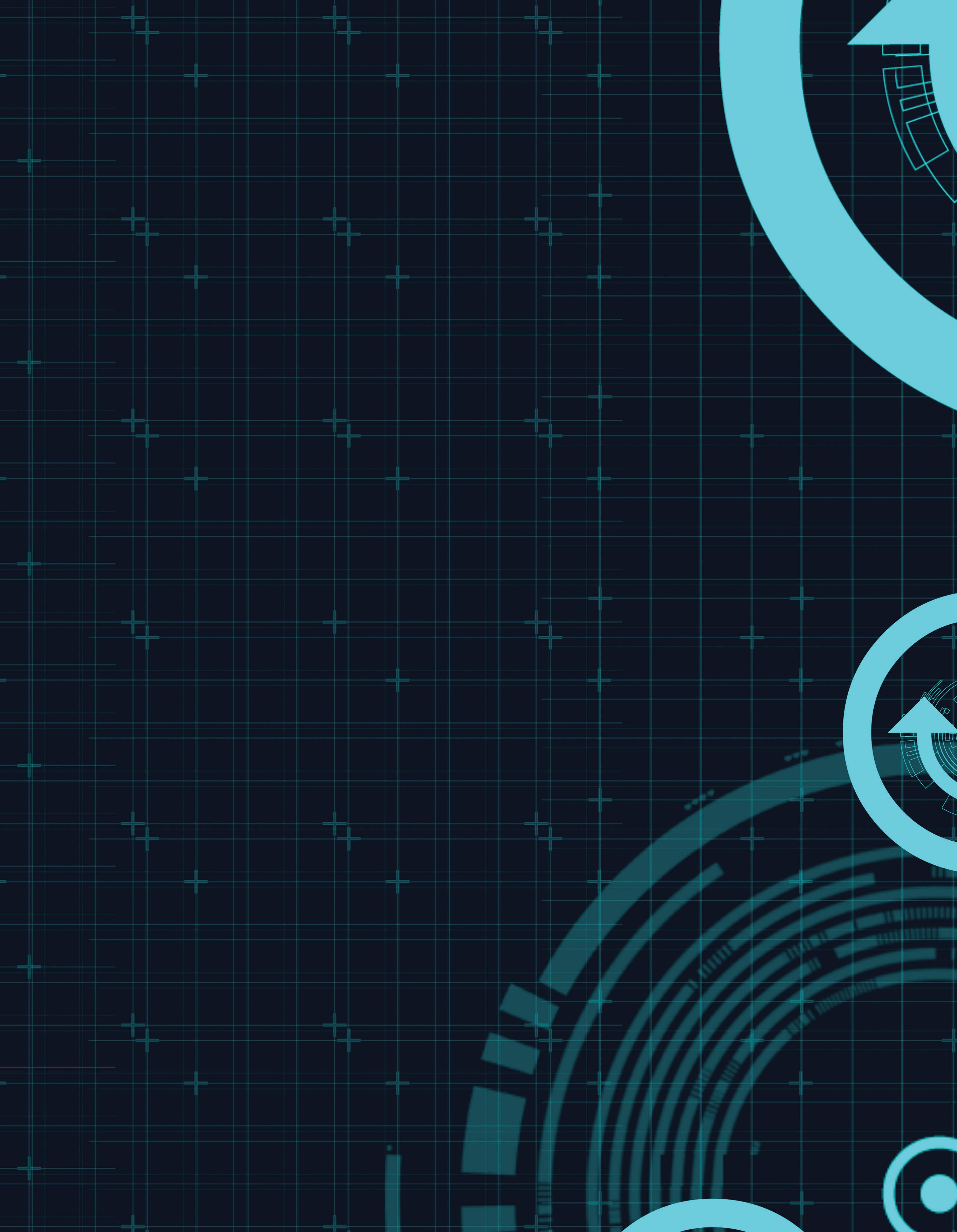
13 minute read
The New Digital Diet
from February 2017
by Le Journal
I IT L

Advertisement
HE IT L I T




STORY AND DESIGN BY PRINT CO-EDITOR IN CHIEF ABBY SMITH, DESIGN EDITOR MEG SCHWARTZ AND REPORTER LAUREN GRAVES
In an age marked by instant communication through texts, e-mails and social media forms, the not-so-distant past of solely face-to-face communication can seem archaic. For millennials growing up within this seismic shift in correspondence and the resulting addiction and dependency, technology’s potential effects on development have been pushed to the side as its grip on society grows stronger by the day. Most recently, doctors have noticed a significant rise in the changing structures of back and necks, as heads are constantly tilted downwards towards screens. While this new “digital diet” has revolutionized the world in countless valuable ways, its constant presence is rapidly changing the mind and body, along with the relationships we share with one another.

PHYSICAL HEALTH
One of the most apparent effects that have appeared in the last five or so years is the damage to kids’ and young adults’ necks and backs, commonly known as “tech neck.” The neck is supposed to have a reversed C-shape curvature, and natural posture should stem from the head looking straight forward, according to Dr. Dallis Rogers of Body Basics Chiropractic.
“What’s happening is since everybody is always looking down at their devices all the time, it is causing us all to lose that curvature,” Rogers said. “When we lose the proper curvature of the neck, that’s when issues such as arthritis, neck pain, pain in the shoulder blades and arm numbness develop.”
While these and other similar symptoms have always been found in people of older age, Rogers has begun to notice a drastic rise of the exact same problems in kids and teenagers.
“Over five years ago, people thought of their phones mostly as a means to call or send an occasional text. We didn’t always have such easy access to Facebook and other social media,” Rogers said. “Because of this, my concern is that we’re going to start commonly seeing arthritis in the lower cervical spine at a much younger age.”
...Continued on page 18
Continued from page 17...
When an individual looks down at a screen changing the way our eyes focus,” Dr. Jason for any length of time, it puts pressure on the Rogers said. “This results in fatigue and eye neck muscles, nerves and vertebrae, according strain from that element, and then our blink to a KCTV5 segment featuring Rogers. rates even drop off causing dry eyes.”
For every inch the neck cranes forward, While screen monitors have continually it adds an extra 10 pounds of pressure on the improved in resolution over the years, little neck. As this issue continues to spread, Rogers progress has been made in terms of eye is concerned about growing health costs in protection. The dryness will have effects over addition to the basic pain and headaches that time, according to Dr. Jason Rogers. The are a direct result. Since all nerves - including more dry the surface of the eye gets, the more the spinal cord - connect to the brain, constant inflammation that occurs, which leads to stretching of the neck and spinal cord irritate further dryness and so on. This can especially the nerves connected compromise contact to the brain, resulting “When we lose the proper lens wear, and also lead in headaches. Rogers stresses the importance curvature of the neck, to visual discomfort in general. of the first step in that’s when issues such as “I got my counteracting this literal pain in the neck, which is arthritis, neck pain, pain in glasses in December before Christmas break simply awareness. the shoulder blades, and because after looking at “Do everything you can to avoid looking arm numbness develop.” my computer screen then up at the board, it took my down at your laptops. Try -Dr. Dallis Rogers eyes a while to focus back to get your laptop, iPad on whatever was in front or iPhone elevated. Don’t of me,” junior Amaya sit on your bed and look down at your laptop. Adams said. When you’re on your phone, consciously hold There are now lenses that have a pigment it up in front of your eyes,” Roger said. “There’s that absorbs blue light to help shield the volume even some apps out there right now that can tell that one’s eyes are taking in, according to Dr. if you are looking down at your phone, and will Jason Rogers. Senior Maddi McMaster recently send you a little alert telling you to look up.” got glasses as well that protect her eyes from too
Two more serious and spreading effects much exposure. stem from the lesser-known source of blue “There’s all sorts of studies that show that light. Blue light is a type of light emitting short too much time on technology can damage your wavelengths of high energy that penetrates deep vision, but as a student, it’s really hard to keep into the eyes, according to thevisioncouncil.org. that screen time down considering the amount The sun, fluorescent lighting and digital screens of homework, research and studying students are an individual’s most common source of do online,” McMaster said. “Technology daily blue light exposure. While this wavelength makes it a lot easier to do those things, but it’s can be beneficial during the day causing definitely harder on your eyes.” boosted attention rates, reaction times and When it comes to protecting the eye from mood, over-exposure combined with night-time blue light and other eye conditions, lenses are usage can result in damage. only one solution. The American Optometric
“The exposure is increasing as a lot of us Association recommends that one practice stare at screens all day long and then we go the 20-20-20 rule, in which patients take a home and stare at some more,” local optometrist 20-second break every 20 minutes to look at Dr. Jason Rogers said. “Blue light is necessary something 20 feet away. Positioning oneself at to a certain extent for cortical function, but too arm’s distance away from the screen for proper much of it starts to manipulate our melatonin viewing distance when at a computer, and production.” keeping the brightness somewhat low can help
As the sun goes down, our bodies naturally as well. As for anyone with an iPhone, Dr. Jason begin to produce more melatonin. However, Rogers also recommends taking advantage of exposure to blue light before bed prolongs the the night shift setting designed to mimic natural time it takes to fall asleep, delays the circadian exposure of blue light. clock, suppresses levels of the sleep-promoting hormone melatonin, reduces the amount of REM sleep, and reduces alertness the following COMMUNICATIONS AND morning, according to American Optometric Association. RELATIONSHIPS In addition to affecting sleep cycles, exposure may also result in damage to the retina and other long-term visual problems such as macular degeneration and cataracts, according to thevisioncouncil.org. Dr. Jason Rogers has noticed a significant spike in the last 10 years of visual symptoms in younger kids. “Our eyes have to work a little harder when we are looking at screens in general and when there is light being pushed toward the eye, it’s Without the necessity of seeing someone in person to communicate, modern technology opens doors to a world of fully instant and unlimited conversation with any person at any time from anywhere. With such an immense amount of unfiltered information being passed back and forth, many worry about the quality of these conversations declining. However, according to Leawood psychologist Dr. Kristin Koetting, this is not the case.
“There’s a perception that especially for teenagers that the communication that they have via technology is negative, it’s harmful and it’s all bad,” Koetting said. “But the truth is that the research shows that the quality of the conversations that happen between teenagers on technology often mimic the conversations that they have in real life. Most of the content is positive and neutral.”
With the ability to communicate instantaneously we expect an immediate response. However, that doesn’t always happen. When it comes to delaying and avoiding responses over technology, apprehension and assumption can wreck havoc on the nerves of the sender.
“We’ve grown to rely on technology so much that we expect immediate responses and when we don’t get that, we assume something is wrong,” Koetting said. “It definitely brings another level of complication to communication.”
When a conversation occurs face-to-face, it takes obvious intent to completely ignore what is being said. However, the technology-induced ability to “ghost” others has thrown a wrench in communication and has become an easy way to avoid difficult situations.
“I think it shows how the other person is scared to respond if they are ignoring [your text]. Texting isn’t your voice, it’s hiding behind a screen,” freshman Riley Heit said.
Studies estimate that about 40 percent of communication is expressed through nonverbal, physical cues, according to Koetting. Whether it’s not being able to catch on to sarcasm, hear an inflection or tell if someone is being serious, this lack of physical cues in screen-to-screen communication can create tension-causing misunderstandings in the workplace, at home and in the classroom.
“I think in a way [communication in the classroom] suffers a little bit [because] I think sometimes we assume that if we’ve written something out and posted it on the Internet

How has technology impacted the quality of your conversations? 283 students polled
18%
26%
56%

that everybody should be able to completely the mind and one’s Out of 283 students polled, students reported being affected by these understand it and that’s not always the case,” phone if taken too symptoms, possibly related to excessive technology use. history and debate teacher Kristin Pennock far. The excess of 163 said. “Nothing really replaces face-to-face for technology usage true understanding,” begins to invade
Because of our digital addiction, the valuable time meant amount of digital communication accounts for much of communication in general. As a result, these miscommunications rack up pretty for refueling and refreshing the mind as technology is 95 97 98 110 112 quickly, potentially taking a toll on mental prioritized over health as a whole. necessary sleep and personal time. “It’s great in MENTAL HEALTH some ways in that they can always get Within every generation there seems to be a new and improved version of communication coming to life. Today, social media and technology are at their peak and seem to be enhancing daily. Look around. Everywhere the vast majority of people are stuck gazing into their phones or laptops. Whether it be to catch up on the latest news or to respond to a Snapchat as quickly as possible, it is becoming apparent to doctors and specialists that our society’s current obsession with technology may cause more harm than good. “There is so much value for both our physical and mental health being physically with other people,” Koetting said. “If you say something over text for example, that’s funny, somebody might send you the laugh out loud emoticon or acronym but it’s not the same as real laughter, which we know is so beneficial for our health.” The overwhelming presence of technology in our everyday lives is becoming so drastic that professionals are noticing consequential mental health issues in kids and young adults. An “iDisorder” is a psychiatric disorder becoming more present amongst teenagers, according California State University Dr. Larry Rosen’s website. The iDisorder changes the brain’s ability to process information and the ability to relate to the world due to excessive daily use of media and technology. This results in signs and symptoms of psychological disorders, according to Rosen’s website. Just like ADHD, narcissism or even OCD, the addiction is manifested through the overuse of technology, according to Rosen’s website. The iDisorder is affecting the way minds operate and is ultimately affecting the human psyche. Recent studies from Psychology Today show that out of over 1,000 Americans, more than half of teenagers and young adults born in the 1980s and in the 1990s state that they become anxious if they are unable to check their text messages all day long. This separation anxiety can create an unhealthy bond between information for school work and such,” Koetting said. “But also a lot of adolescents report that they don’t want to miss out on any important communication, so they will take texts in the middle of the night which definitely interferes with sleep and ultimately overall health.” This “recharge time” can be minimal, even just 10 minutes. But when individuals don’t reach the necessary space the mind needs from distancing itself from technology, it can become damaging. The brain over-functioning during the day causes insomnia and distress when night rolls around according to Psychology Today. Overusing technology evokes excessive mental activity so much so that our brains are abuzz all day long. The brain needs periodic resetting Rosen said in an except from “The Distracted Mind.” Another issue seen in today’s use of technology is the narcissism associated with it. The constant connection—social media being a prominent example—is an outlet for a “me-centered” mentality. Constantly attempting to keep up with what followers see and think when looking on one’s page makes some begin to act in egotistical ways that seek out support from friends without return, according to Rosen’s website. With all the apps that showcase ideologies of self promotion and glorification, small critiques and critical comments can be blown out of proportion. “When somebody goes on Facebook, or Instagram for example, we see all these pictures,” Koetting said. “And nobody posts bad pictures, pictures of them having a bad time. Everybody portrays their best image and that’s just the norm, that’s how it is.” Research from the New York Times shows that the excessive daily usage of technology is physically rewiring users’ brains. E-mails, Poor Posture iPhone Pinky “Overusing technology evokes excessive mental activity so much so that our brains are abuzz all day long. The brain needs periodic resetting.” -exerpt from “The Distracted Mind” by Dr. Larry Rosen Neck/back pain Blurry Vision Headaches Difficulty falling asleep text messages and news feeds have become such a crucial part of the daily process that, without the multitasking and constant physical connection, individuals can begin to feel withdrawals. “We see that people who are already depressed, when they are looking on Facebook or Instagram feeling this way, can have those feelings amplified,” Koetting said. Admitted or not, the possibilities and opportunities that come with the flourishing of technology are accompanied by similarly impactful detriments. With a rapidly growing dependency on immediate responses from Google, YouTube and text messages comes the possibility of a variety of consequences impacting physical, mental and communicational development. After reporting on the ‘tech neck’ segment with Rogers on KCTV5, news anchor Alexis Del Cid has made some adjustments in her own life. “After I did the report, I’ve started to change how I sit and notice my posture when looking down at my phone,” Del Cid said. “I am more mindful about monitoring how often my child is looking down.” The presence of technology in society will inevitably continue to grow as the years progress. However, experts say there are ways to protect yourself and your relationships by remaining aware of the effects this screen world may deliver. Their advice: don’t be afraid to be bored for once. Set aside some alone time each day to let your mind and body rest with no technology to distract or occupy your thoughts. Focus on building relationships in person rather than through messages. Take a moment and detach from the “digital diet” to get back in touch with the non-virtual aspects of reality.



